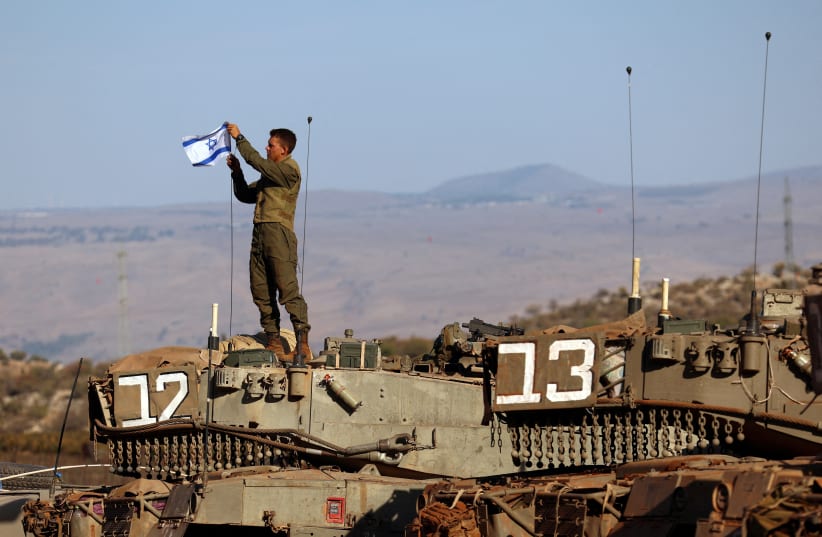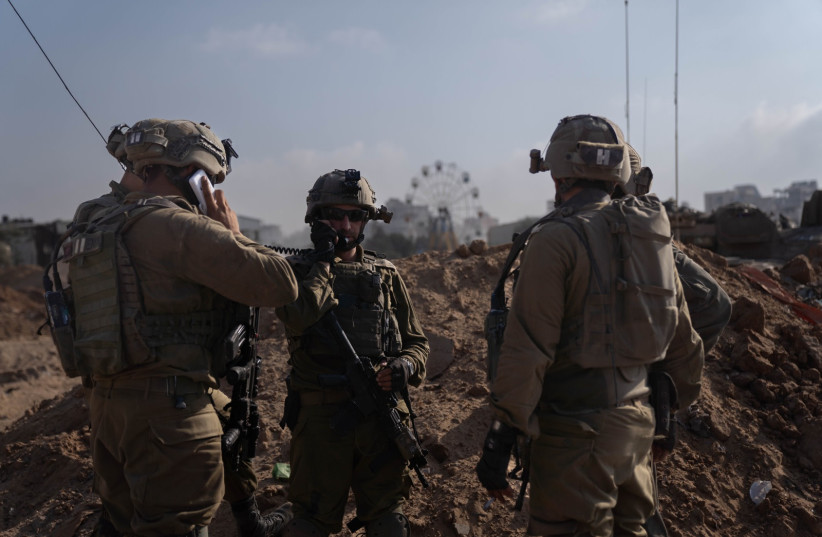For approximately 50 days, Israel fought a war against Hamas and Hezbollah, took a pause of about a week, and returned to an intermediate level of conflict.
What may the southern incursion bring to the trajectory and arc of the war and the future of the region going forward?
In the northern part of the Gaza Strip, the IDF had seized control of most areas by mid-November.
What's going on in Gaza's North and South?
There was a period of a few weeks during which the IDF continued there, albeit at a slower pace, in Jabalia and Zeitoun, steering clear of Shejaia to leave space for hostage negotiations.
In fact, hostages were returned to Israel from Shejaia in the middle of the week of the temporary ceasefire.It seems that absent another pause, the IDF’s intention is to slowly take apart the small remains of Hamas terrorist forces in those northern neighborhoods that still have some organized resistance.
Almost nothing of strategic significance has happened in the South in the days of fighting since Friday.The IDF carried out air strikes and some artillery shelling of areas around Khan Yunis – where it may invade – but has not moved any large number of forces into the South.
It seems that the IDF will only move its forces into the South in a real way once the government has lost hope for a near-term additional pause in which it can receive more hostages.
Once it does go into the South, the government and the military will again go head-to-head, having to choose between further defeating Hamas – by going after the terror group’s top leadership – and saving more hostages.
So far, Israel has managed to slow down the invasion and allow Hamas’s top leadership to survive enough to preserve these two goals simultaneously without having to make a real choice between them. So far, 114 hostages have been returned.
But allowing Hamas’s top leadership and most of its forces to retreat southward merely kicked this very hard decision a little further down the road.
A war in the tunnels
Though the IDF on Sunday attacked 800 tunnel shafts, these are only pieces of each tunnel, not close to the whole thing, making the tunnel war one that will be long-winded.
In order to destroy them, special Yahalom and other engineering units need to carefully map out all parts of each tunnel, which takes time.
If the IDF had taken control of 80% or more of northern Gaza already weeks ago, it may have destroyed only 20% or less of northern tunnels to date without having done much against southern Gaza tunnels.
In Lebanon, the IDF and the government have put off the hard decision about what actions it will take to restore security to northern Israeli residents enough for them to return to their homes without fear of a Hezbollah invasion.
At a minimum, many experts have called on the IDF to ensure that Hezbollah’s Radwan special forces are pushed away from the border with Israel and a security belt is instituted along the border.
But how will the IDF accomplish this? Will it manage a small invasion into southern Lebanon? Or will it hope it can sign a deal with Hezbollah through third parties to voluntarily keep its forces away? And if Hezbollah signs such a deal and violates it within six months of signing it, what will the IDF do?
Whatever the IDF does to push Hezbollah back carries the risk of a general war with the terrorist group, which wields 150,000 rockets and mortars and a sizable number of precision rockets.
The decision to do nothing risks a scenario where northern residents refuse to return, disrupting their lives while spiritually and philosophically endangering the very basic Zionist premise of security within the borders of Israel.Before the defeat of Hamas or strategic decisions about Hezbollah, Israeli citizens first want to know when the military can at least bring an end to rocket attacks on their homes.
If Israel wanted to end rocket fire as quickly as possible, it would have invaded the South long ago, or at the very least immediately after the ceasefire on Friday ended, and it would have done so simultaneously from multiple points.
Only fast and comprehensive moves to take control of the remaining portions of Gaza will start to end the rocket threat in the South, and only action that deters Hezbollah more than whatever Israel has done to date will end rocket fire in the North.

